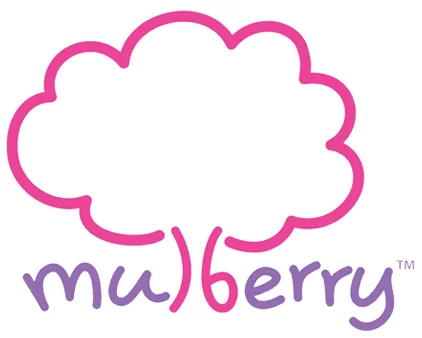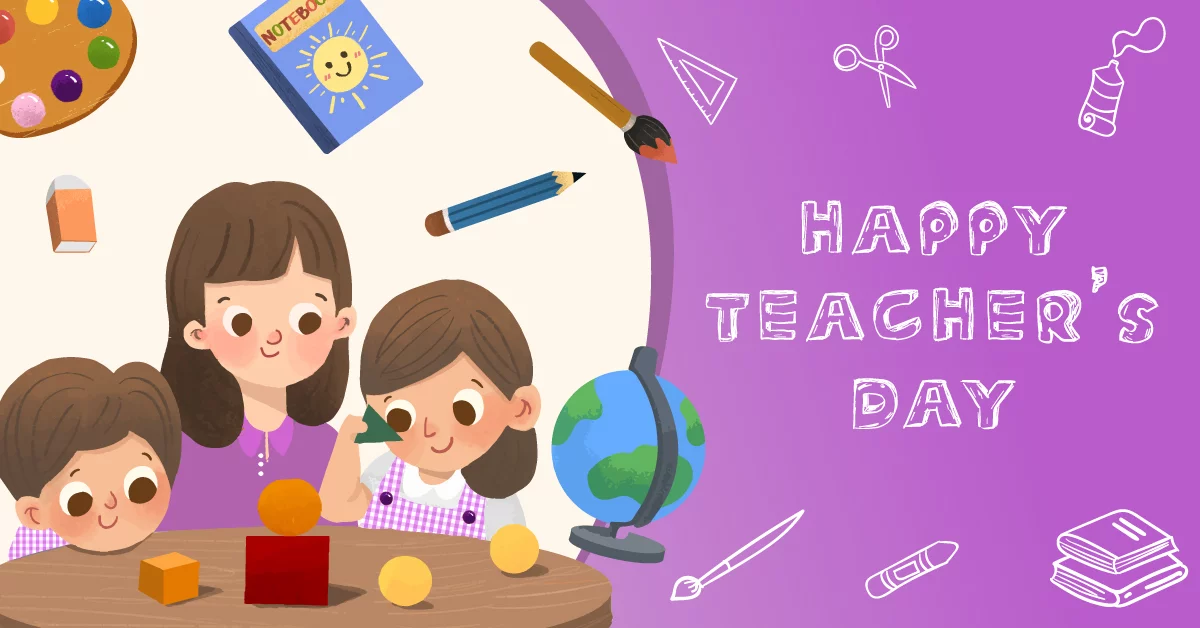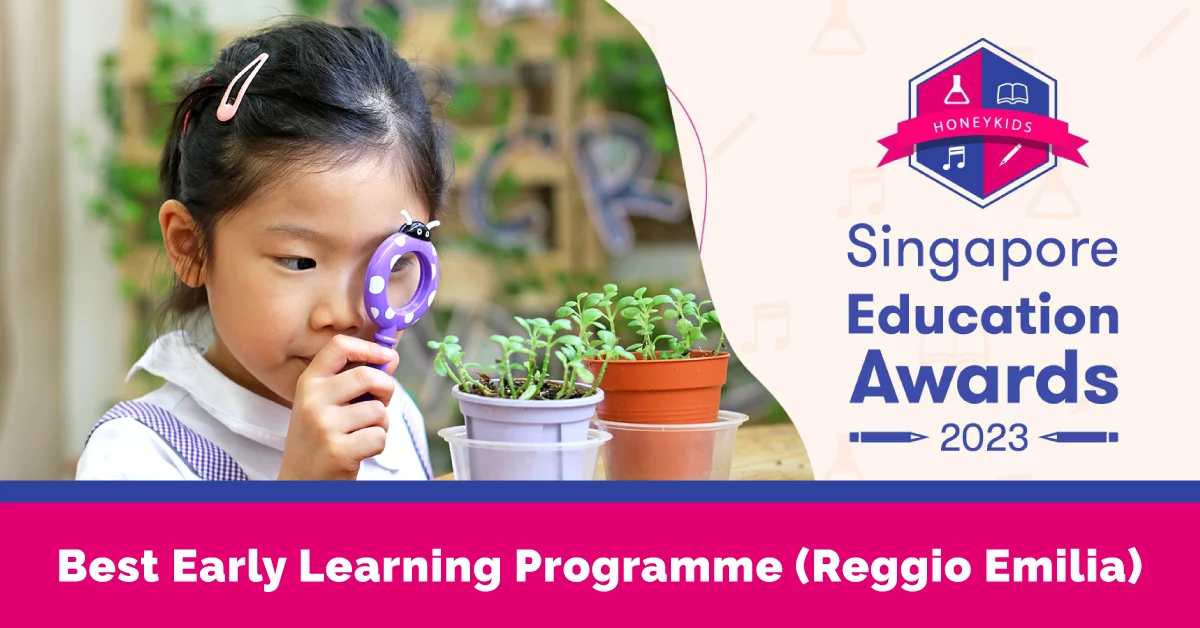
5 Fun science experiments to try with your preschoolers
5 Fun science experiments to try with your preschoolers
Every day is a new opportunity for children to ask “Why”. As parents, we want to tap into that curiosity with fun and engaging preschool science experiments and activities. They should be easy to set up and help your children understand basic science concepts. In this article, we’ve gathered five absolutely entertaining science experiments for you and your kids to enjoy.
1. Lava Lamp Experiment for Kids
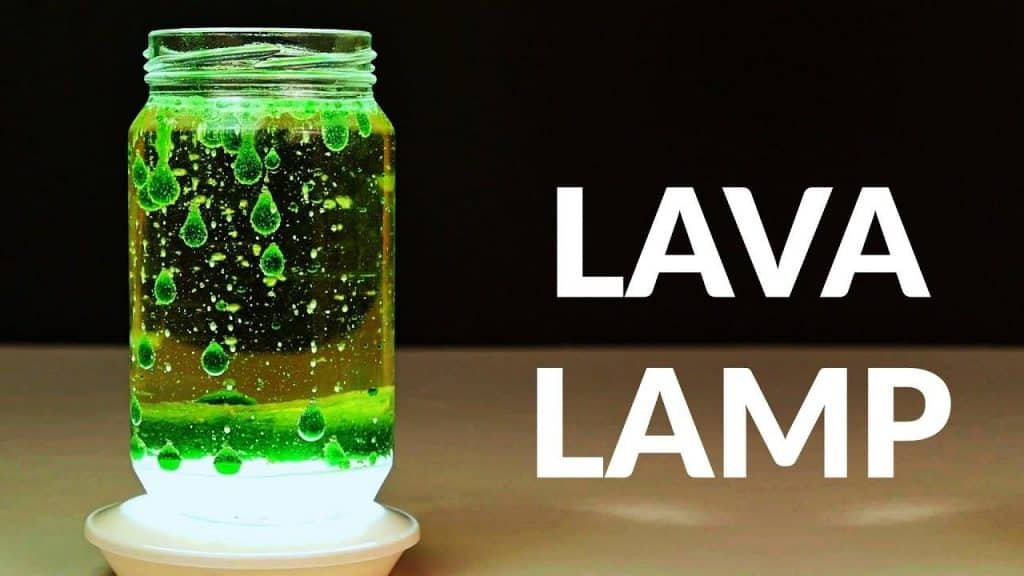
The lava lamp experiment is an activity that children cannot get bored with. A favourite in education centres and preschools, this experiment requires only a few household supplies to work. It can be done with different colours, and it’s amazing how long your children will engage with it.
The best thing about this experiment is that the supplies needed are probably already available in your home or classroom.
Supplies Needed (With Alka-Seltzer tablets):
- Skinny Glass
- Vegetable Oil
- Water
- Food colouring (ideally neon for more visual appeal but other colours work too)
- Effervescent Tablets (Alka-Seltzer)
- Glitter (Optional)
Supplies Needed (Without Alka-Seltzer tablets):
- Skinny Glass
- Vegetable Oil
- Water
- Food colouring (ideally neon for more visual appeal but other colours work too)
- Salt
- Glitter (Optional)
Why does it work?
Water and oil do not mix as oil has a lower density than water, so it usually floats on top of the water. Food colouring dissolves in water and dyes the water. As the Alka-Seltzer tablet dissolves, it releases carbon dioxide bubbles. This is because Alka-Seltzer is an effervescent tablet with citric acid and sodium bicarbonate (baking soda)in its ingredients. These bubbles mix the oil and water layers and cause the lava effect when the liquids separate and return to their original layers.
If you do not have Alka-Seltzer tablets, salt is a great alternative. When salt is poured on the oil, it sinks to the bottom of the mixture carrying blobs of oil with it. All you have to do is wait for the salt to dissolve. The salt releases the oil, which floats back up to the top of the water and has the same lava effect.
This lava science experiment does come at the risk of wowing your children too much and may require you to do it repeatedly for them with different colours. Do remember to have fun with your children and enjoy the experiment!
2. Make a Rain Cloud in a Jar
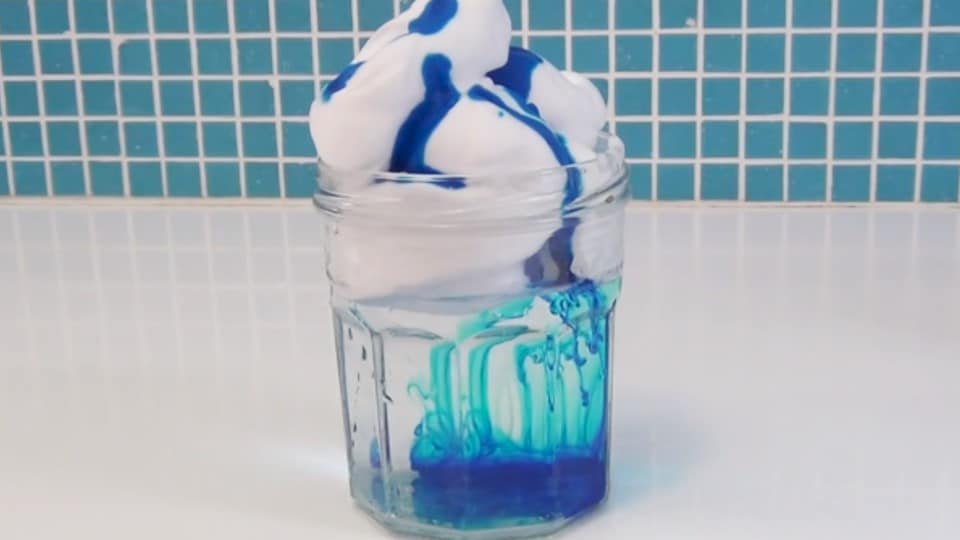
This popular weather activity for children is a favourite in classrooms and homes worldwide because it is easy to duplicate. Do note that this science experiment should always be done with adult supervision.
Supplies needed:
- A large jar (both plastic and glass types of jars work)
- Shaving cream (not the gel version)
- Food colouring
- Pipettes or droppers
Steps to set up the Cloud in a Jar experiment
- Mix the food colouring with water in a small cup.
- Fill the large jar with water until it is ¾ full.
- Place a pipette in each cup of coloured water.
- When the children are ready to do the experiment, spray shaving cream in the jar until just a tiny bit is past the brim of the jar.
- Ask the children to pick up some coloured water with a pipette and squirt small quantities of it on top of the shaving cream cloud.
Repeat step 5 one or more times to see the coloured water seep down through the shaving cream into the water below. It would look just like rain. This weather experiment provides parents or teachers with an example and an opportunity to teach children more about how rain works.
3. Leak Proof Bag Science Experiment
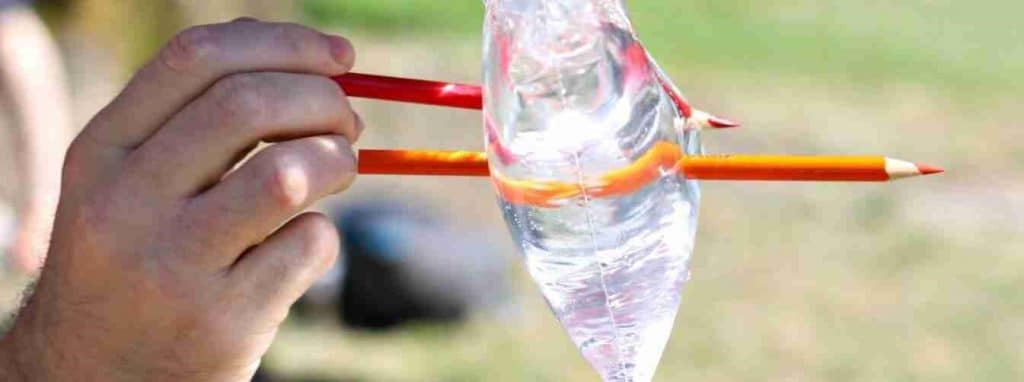
This is one of the most accessible science examples to replicate as it only requires two household supplies. Adult supervision is always recommended, as sharp objects would be used.
Supplies needed:
- Gallon-sized disposable plastic bags
- Sharpened pencils
All you need to do is fill the zipper storage bag with 2/3 full of water, squish out the air, and ensure the zipper is sealed tight.
You can create suspense and engage your children more by asking them what they think would happen if they stabbed a pencil through the bag. Sometimes results can be surprising!
Start pushing pencils through the bag to show that not a single drop of water would spill, and let your children try it too!
The science behind it
Plastic bags are usually made of a polymer called low-density polyethylene. Polymers are long chains of molecules that hold a flexible property. The tips of the pencils that break the chains are quickly sealed temporarily by these molecules, enabling pencils to pierce the bag without losing water.
4. Colour Changing Flowers
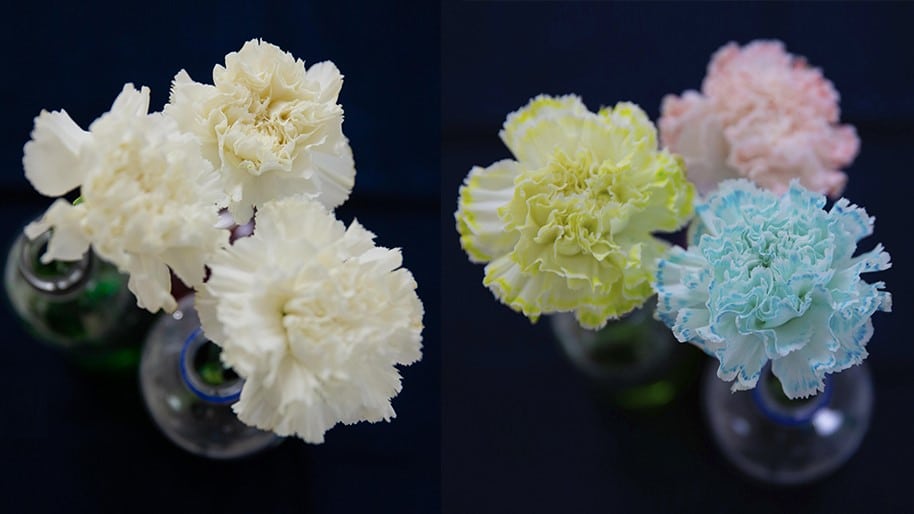
This colour-changing flower science experiment is an excellent way for your children to have fun and learn about how plants work. It’s easy to do, and children would love watching the flowers change colour.
Supplies needed:
- White carnations (best kind of flower to use as it allows children to see their colours change easier)
- Liquid Food colouring in a variety of colours
Steps to set up the Colour Changing Experiment
- Trim stems of flowers so that they can fit your cups or glasses.
- Fill each cup with water until it’s half full.
- Put 10-15 drops of food colouring in the water and stir around for a bit.
- Add at least one flower to each glass of coloured water
- Wait for a couple of hours and check in on them to observe any changes.
The flowers should start showing faint colour changes in their petals within a couple of hours. By the next day, the flowers should have taken in more water and would be showing a more vibrant display of colours.
There are multiple ways to change up the experiment – doing several different flowers at once, using larger amounts of food colouring, or mixing the colours up.
We hope that your children will enjoy this flower science experiment. It gives children something to look forward to every day as they watch the flowers become more vibrant over time.
5. Ocean in a bottle

Last on the list and we have the ocean in a bottle experiment. It is one of the fastest and easiest science activities for preschool children. It is famous as one of the prettiest bottles to make in a simple science experiment among parents and preschool teachers
Supplies needed:
- Water
- Vegetable Cooking oil
- Blue food colouring
- Large, clear, plastic bottle (the 1.5 litres bottles work)
- Funnel
Steps to make an ocean in a bottle:
- Fill 1/3 of the bottle with water
- Add several drops of food colouring
- Ask your child to shake the bottle to ensure the food colouring is dispersed
- Top up the bottle with oil and put the cap back on the bottle
- Turn the bottle upside down and watch the ocean come to life
The more the bottle is agitated, the bubblier the ocean becomes. In this case, your child is encouraged to shake the bottle as much as possible before watching it. Letting the bubbles settle occasionally before shaking the bottle again will have the same ocean effect.
We hope that you and your children had fun with these science experiments! Do stay tuned with us for more activities or ways to educate your children.
Every parent understands how it feels to have their child do something seemingly “out of character” and wonder…where did he/she pick it up from? Or when you are doing household chores or preparing to go to work, and they picked that exact time on purpose to break something. It can be increasingly frustrating, and it would be easy for you to snap at them. This is how not to set an example.
Mulberry School Tour
Our Locations
Click here to visit our Contact Us page and view the preschool/infant care centres conveniently located near you.
CONNECT WITH US
USEFUL LINKS
About Us
Mulberry Learning prides itself on making the preschool experience both memorable and enjoyable while transforming a child into a competent explorer, an imaginative thinker, and a creative problem solver. Through our proprietary award-winning curriculum, unique Habits of Mind programme and dedicated staff who are passionate about imparting positive attitudes, Mulberry Learning holds strong in its promise to deliver a holistic education that nurtures the Future Ready Child.
A PREMIUM PRESCHOOL BRAND UNDER GLOBAL EDUHUB

